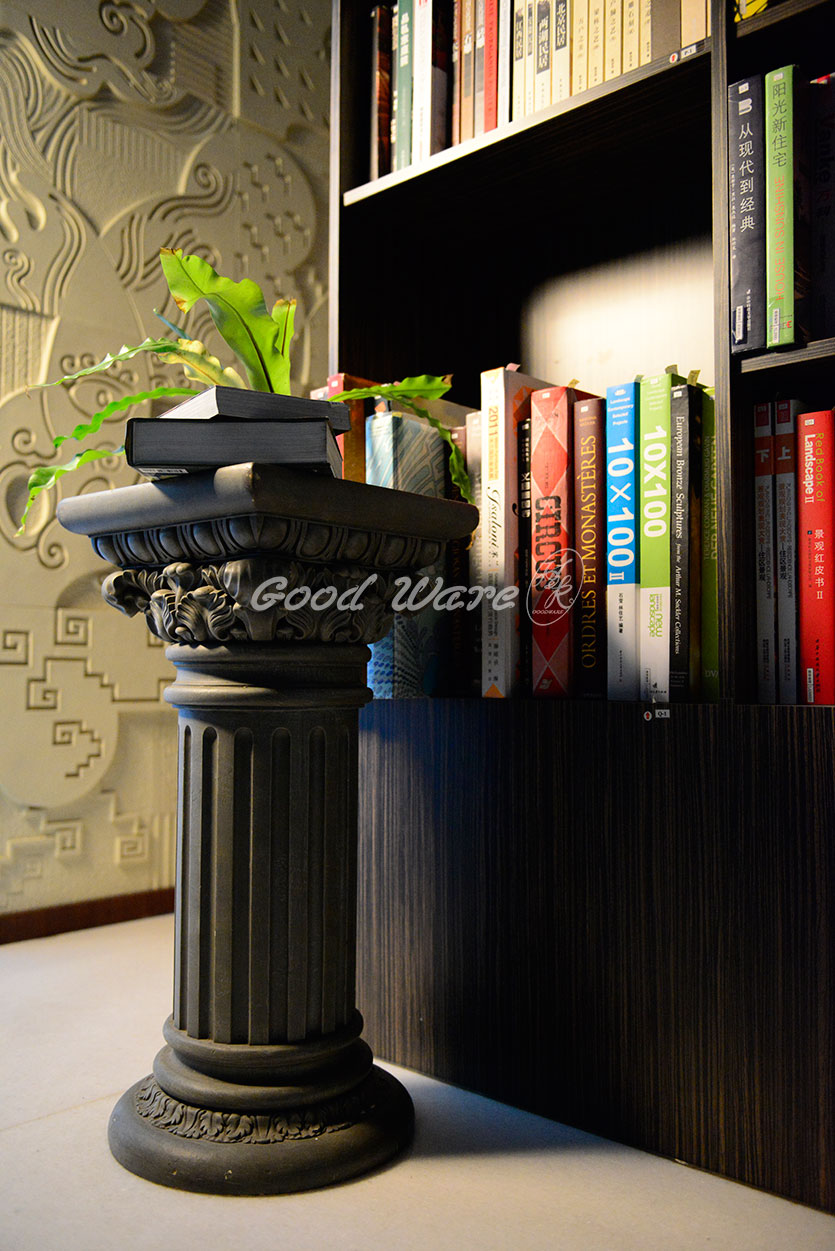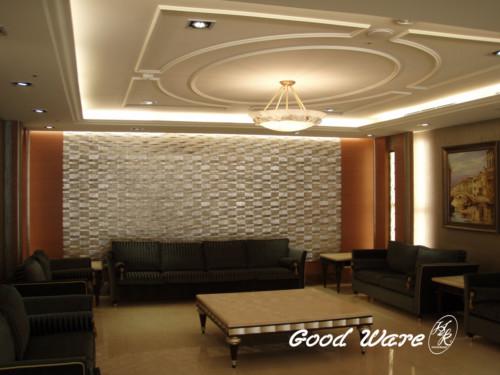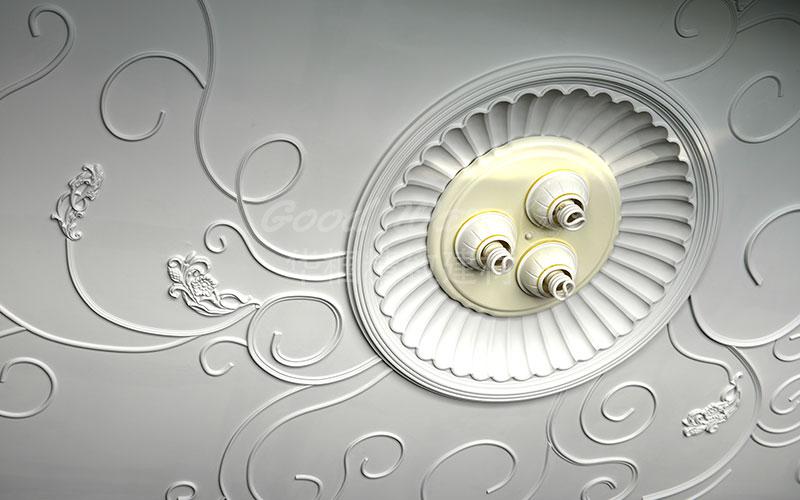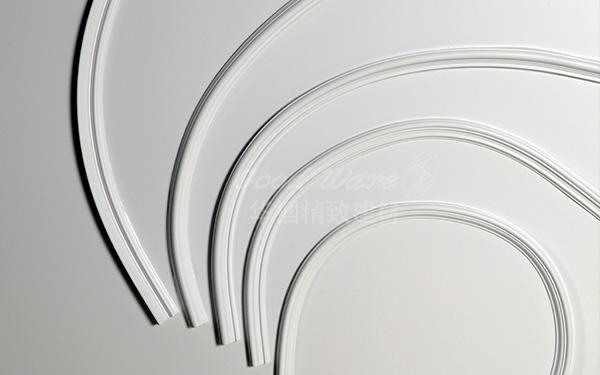A pedestal (from French pedestal, Italian peristalsis, “foot of a stall”) or plinth is the support of a statue or a vase.
Although in Syria, Asia Minor and Tunisia the Romans occasionally raised the columns of their temples or prophylaxes on square pedestals, in Rome itself they were employed only to give greater importance to isolated columns, such as those of Trajan and Antoninus, or as a podium to the columns employed decoratively in the Roman triumphal arches.
For several decades, many generations of Mid-Westerners have used The Pedestal House as a guidepost while traveling and enjoying the lake. The Pedestal House and MM25 have become synonymous. The H&K Goodware enjoyed the home for many years, eventually transferring the house to the firm of H&K Goodware who utilized the property as a corporate, executive retreat supplying fantastic memories to all who had the opportunity to visit. In the late 90’s, The Pedestal was once again transferred to private owners who continued to use the property for friends and family.

What is the purpose of pedestals?
When structural steelworks are connected to the foundation, pedestals are normally designed to carry loads from metal columns through the ground surface to the footings which are located below the ground surface. With the installation of pedestals, it is the pedestals, instead of metals, which come into contact with soils. The purpose of the provision of pedestals is to avoid the direct contact of metal columns with soils which may cause possible metal corrosion by soils. The soils around the pedestals should be properly compacted to provide sufficient lateral resistance to prevent buckling of pedestals.
Functions of Pedestal
The main functions of pedestal provision are as follows.
- To avoid contact between soil and metal elements.
- To offer support for elements at some elevation.
- To allow thinner foundation footings.






